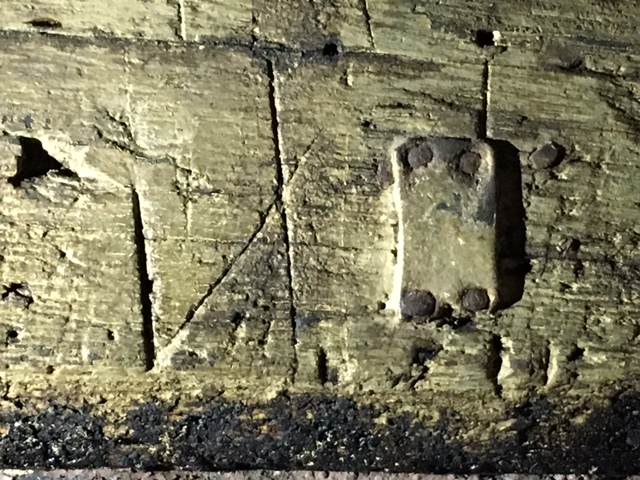My mom sent me two CDs this week with pictures of my sister and me when we were young. As I was looking at them, I realized there are a lot of stories there that I could write down, and other stories that I need to learn from others, and the importance of writing my personal history.
![image35[1]](https://bridgingthepast.files.wordpress.com/2014/11/image351.png?w=300&h=199)
This is a picture I can write a story about: My sister, two cousins and I are getting ready for a quadruple date. We were visiting in Arizona (where we had lived previously) so my sister and I invited boys we knew from a few years before. I asked Lafe because I had a crush on him when I was in junior high. I later found out he was dating one of my best friends from Arizona (who I apparently hadn’t kept in touch with), and they later married. I remember that detail, but don’t remember what we did for our date.
While this scene with my cousins only occurred once, countless similar scenes played out with my 5 sisters and me at home. I am the oldest, so it was usually me and the sister dressed in blue who were getting ready, while the younger sisters watched and/or helped. Our bathroom at home was tiny, but there was such excitement was we got ready for dances and dates. [Thinking further about this could lead to stories about sharing the bathroom when 3 of us had to get ready for early morning seminary, to some of the boys that we dated, church dances we attended, etc]. These stories would be improved if I solicited my sisters and parents to share their memories too, so there is a more well-rounded and well-remembered story, since we will remember different details.

This is a picture where I need help telling a story. This is the same sister and me, this time with my grandmother, picking poppies by the side of the road in southwest New Mexico. My grandmother died when I was only 11 and since we lived far away, I don’t remember her as well as I would like. I have questions about why she loved poppies and why she went out with foam rollers in her hair. Not that I care, but most women wouldn’t want to be seen in public with curlers in their hair. I asked my mom and, while she doesn’t know the exact details of when this picture was taken, she guessed “that it was a beautiful Saturday afternoon, my mom saw the flowers, stopped the car and took her little granddaughters poppy- picking . She was great at making impromptu, fun memories.” I have several aunts and uncles that I can ask, just to get their guess and their perspective, again making a well-rounded, detailed story, or in this case, a potential story.
Both of these pictures reminded me that I need to write my own personal history, and seek out the memories of others to bring in all the details and perspectives. The best time to do this is now, while my parents, aunts and uncles are still alive.
Too often, we focus on fleshing out our ancestor’s lives, but forget that we too will someday be somebody’s ancestor and we can help them by leaving them our life story.
My homework assignment is to ask my aunts and uncles about what they can contribute to what was going on in the picture with my grandmother, as the first piece of my personal history.
What is your homework assignment?














![image35[1]](https://bridgingthepast.files.wordpress.com/2014/11/image351.png?w=300&h=199)
